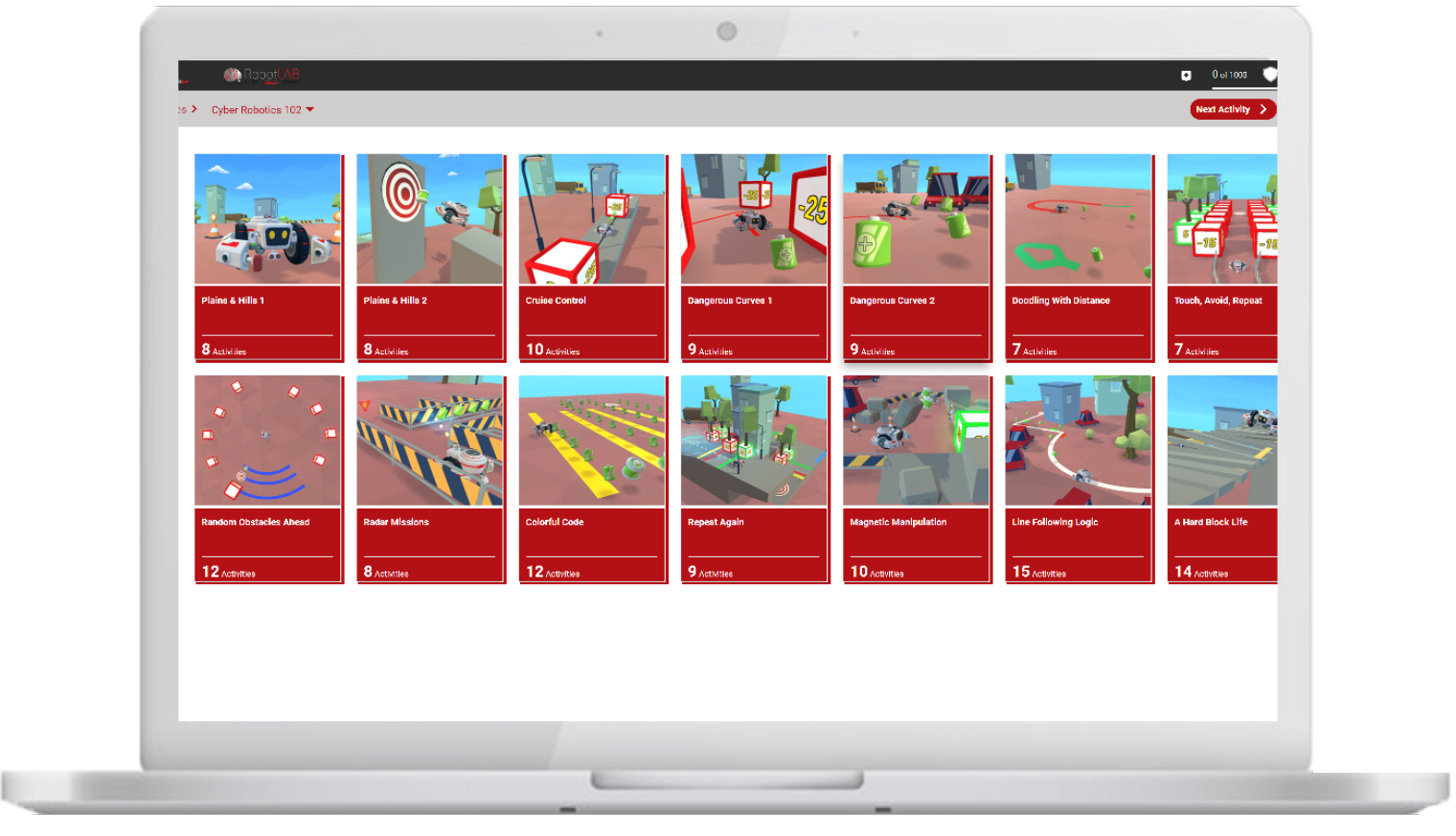By Tonya Harris
 Photo by J. Kelly Brito on Unsplash
Photo by J. Kelly Brito on Unsplash
The second half of the 2020-21 school year is poised to be as challenging as the first half for district leaders who must make high-stakes decisions about student and employee health and safety as the COVID-19 pandemic approaches the one-year mark.
There is no national data that capture the mode of learning in the nation’s more than 13,000 school districts. This tracker presents the current operating status of some of America’s largest school districts (plus, the Toronto, Ontario district). All are members of the Council of the Great City Schools, which is closely documenting how its districts are providing instruction.
Collectively, these school systems serve about 8.2 million students, or roughly 15 percent of the U.S. public school enrollment. Across these districts, 44 percent of students are Hispanic, 27 percent are Black, 18 percent are white, 8 percent are Asian/Pacific Islander, and 2 percent are Alaskan/Native American. More than 70 percent qualify for free and reduced-price meals.*
The COVID-19 pandemic has taken a disproportionate toll on Black, Hispanic, and Native American communities—in numbers of infections, rates of death, job losses, and food and housing insecurity.
As of Feb. 8, 2021, 43 member districts in the Council of the Great City Schools—some of the largest school districts in the U.S.—are open for some type of in-person learning.
Search the table for the current status and nuanced descriptions of what’s happening in each school district.
Discover more remote learning solutions with RobotLAB!

CoderZ is an online educational environment that improves students 21st century skills, while they are having fun programming their own virtual cyber robot. CoderZ and RobotLAB has different lessons to do at home! Check them out Here
